大阪府の泉南地域のアスベスト紡織工場の元従業員とその遺族89人が、規制の遅れで肺がんになったなどとして国に賠償を求めた2件の集団訴訟(大阪アスベスト訴訟第1陣、第2陣)で、最高裁第1小法廷(白木勇裁判長)は10月9日、規制権限を行使しなかった国の対応を違法とする判決を言い渡した。
元従業員は1、2陣に分かれて集団提訴し、1審はいずれも勝訴したが、2審・大阪高裁で国の責任の有無について判断が分かれ、双方が上告していた。(詳細下記)
小法廷はまず「労働環境を整備し、生命、身体に対する危害を防止するため、国は技術の進歩や医学知識に合うよう適時・適切に規制権限を行使すべきだ」との枠組みを示し、具体的に3つの点について、規制時期が適切であったかどうかを検討した。
| 判決 | ||
| (1)1971年の粉じん排気装置の設置義務化 | 原告主張 認める | 「1958年には実用的な技術も普及しており、義務化が可能だった」 |
| (2)1988年の粉じんの濃度規制強化 | 退ける | 「1988年以前から専門的知識に基づき一定の規制がされていた」 |
| (3)1995年の防じんマスク着用義務化 | 退ける | 「石綿工場の粉じん対策としては補助的手段に過ぎない」 |
結論として、裁判官5人全員一致の意見で、「健康被害の医学的知見が確立した1958年時点で規制すべきだった」とし、国の責任を認めた。
粉じん装置設置義務化の1971年以降に作業に従事した7人(1陣6人、2陣1人)については、国の責任はないとして敗訴が確定した。
このうち、「濃度規制強化」と「マスク着用義務化」の遅れを理由に2審で賠償が認められた1名は逆転敗訴となった。
賠償金については下記の通り。
| 地裁 | 高裁 |
最高裁 |
||
| 1971年以前から作業に従事 | 1971年以降従事 | |||
| 第1陣 | 4億3500万円 | 敗訴 | 28名 賠償額確定のため、審理差し戻し |
6名 敗訴 |
| 第2陣 | 55名計 1億8000万円 |
55名計 3億4500万円 |
54名計 3億3200万円 |
1名 敗訴 |
菅官房長官は10月9日の記者会見で、最高裁が判決で国の賠償責任を認めたことについて「国の責任が認められたことは重く受け止めている。厚生労働省で判決に従って適切に対応する」と述べた。
厚生労働省によると、アスベストの健康被害では、今回のものも含め、全国で830人余りが14の裁判を起こし、国や企業に対し総額で265億円余りの賠償を求めている。
但し、原告によっては、今回の判決は直ちには影響しない。
| アスベスト工場従業員 | 影響を与える可能性あり |
| 周辺住民 |
影響を与える可能性あり 但し1975年以前に周辺住民の発症リスクが高いとの医学的知見がなかったことをどう判断するか。 |
| 建設現場でのアスベスト製品の使用(屋外、屋内) | アスベスト製品の使用であるため、「排気装置義務付け」とは関係なし。 「防じんマスクの着用義務づけ」は「石綿工場の粉じん対策としては補助的手段に過ぎない」が、建設現場では主な手段であるため、裁判での争点となる。 |
大阪アスベスト訴訟(第1陣)
|
||
| 大阪地裁(2010/5) | 大阪高裁(2011/8) | |
| 結論 |
原告勝訴 「石綿対策を省令で義務づけなかったのは違法」 |
一審判決取消 |
| 賠償金 |
34人 1人あたり 687万円~4,070万円 総額は約4億3500万円。 |
|
| 対象外 | 工場近くで石綿粉じんにさらされたとして「近隣暴露」を訴えた元周辺住民 | |
| 理由 |
・国が石綿被害の実態と対策の必要性を認識した時期
・1960年時点で国が石綿肺防止のための省令を制定しなかったこと
・1972年時点で国が石綿肺防止の省令を制定しなかったこと
・省令制定権限不行使の違法と石綿粉じん暴露による損害との因果関係
|
「国が1947年以降、健康被害の危険性を踏まえて行った法整備や行政指導は著しく合理性を欠いたとは認められない」 但し、「過去に吸い込んだアスベストによって深刻な被害が現実化していることを考えると、長期的な危機管理として必ずしも十分でない部分があったことは否定できない」
|
| 詳細 | 2010/5/22 アスベスト被害で国の責任認定 | 2011/8/30 アスベスト被害訴訟、高裁で逆転判決 |
大阪アスベスト訴訟(第2陣)
|
||
| 大阪地裁(2012/3/28) | 大阪高裁 (2013/12/25) | |
| 結論 | 原告勝訴 | 原告勝訴 |
| 賠償金 |
総額約1億8千万円賠償命令 原料搬入の運送業者の元従業員1人の遺族の請求も認定 |
総額3億4500万円賠償命令
損害賠償額を増額 |
| 対象外 | 1960~71年の期間外に勤務していた従業員や、勤務先から十分な賠償を受けたと認められる原告の請求は棄却 | |
| 国の責任負担割合 | 従業員の健康被害について最終的責任を負うのは使用者で、被害額に対する国の責任の割合は 1/3 | 被害額に対する国の責任の割合は1/2 |
| 理由 |
1959年までには石綿肺の医学的知見が集積され、国は粉じんによる被害が深刻だと認識していた。 旧じん肺法が制定された60年までに対策を取るべきだった。 |
1971年までに石綿粉じんを除去する排気装置の設置を罰則付きで義務づけなかったのは著しく合理性を欠き、違法 工場内の石綿粉じんの濃度規制については、1988年まで学会の勧告値に従わなかった点は「遅きに失した」 |
以下はその他の国を対象とした訴訟の判決
神戸アスベスト訴訟(第1陣)
|
||
| 神戸地裁 2012/8/7 | 大阪高裁 2014/3/6 | |
| 国の責任 | 1975年以前に周辺住民の発症リスクが高いとの医学的知見はなく、健康被害を防止する立法をしなかったことが違法とはいえない | 1975年以前に周辺住民の発症リスクが高いとの医学的知見はなく、国が被害防止の立法や規制をしなかったことに違法性はない |
| クボタの責任 | 男性:賠償金 約3190万円 女性:認容せず |
男性:賠償金 約3190万円 女性:認容せず |
| 詳細 |
2014/3/13 近隣住民によるアスベスト訴訟、高裁も企業に賠償命令、国の責任は否定 |
|
屋外型の横浜建設アスベスト訴訟
|
||
| 横浜地裁 (2012/5/25) | ||
| 結論 | 原告の請求を全て棄却 | |
| 理由 |
「1972年時点で、石綿粉じん曝露により肺がん及び中皮腫を発症するとの医学的知見が確立した」 2006年に至るまでアスベスト建材の使用を全面禁止しなかったこと等について、「著しく合理性を欠く」と言うことまではできない。 |
|
| 屋外型の東京建設アスベスト訴訟 | ||
| 東京地裁 (2012/12/5) | ||
| 結論 | 国に対する請求を一部認容 | |
| 賠償金 | 170人に総額10億6394万円の賠償命令 | |
| 理由 |
1) 国は石綿の吹き付け作業では1974年、切断などでは1981年に規制の義務を負っていたが怠り、違法だ。
遅くとも1981年以降は
2) この時期以降に屋内で建築作業に従事した労働者に限り、国の賠償責任がある。
3) 屋外作業では危険性を容易に認識できたと言えず、零細事業主や個人事業主についても国は責任を負わない。
4) 石綿を含有した建材の製造販売企業に共同不法行為は成立しない。
|
|
| 詳細 | 2012/12/10 建設労働者アスベスト訴訟、国に初の賠償命令 | |
付記 2014/11/7 下記の判決があった。
建設アスベスト訴訟で国の責任を認めるのは、東京地裁判決(控訴中)に次いで2例目
| 屋外型の九州建設アスベスト訴訟 | ||
| 福岡地裁 (2014/11/7) | ||
| 結論 |
国に対する請求を一部認容 建材メーカーへの訴えは却下 「一人親方」などの原告15人については認めず。 |
|
| 賠償金 | 36人に総額1億3700万円の賠償命令 | |
| 理由 |
建設現場での防じんマスク着用は「被害防止対策としては唯一有効な手段」
国は遅くとも1975年までには石綿被害の危険性を認識できた。
1995年まで国がこうした規制を怠ったのは「違法」 |
|
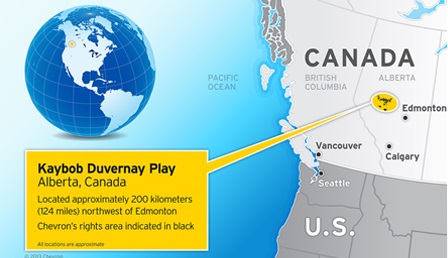
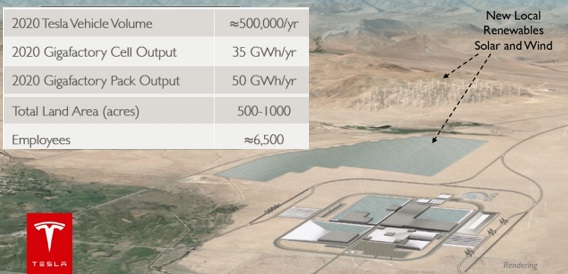
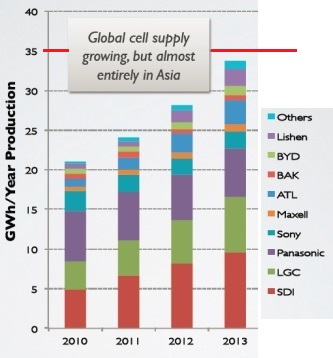
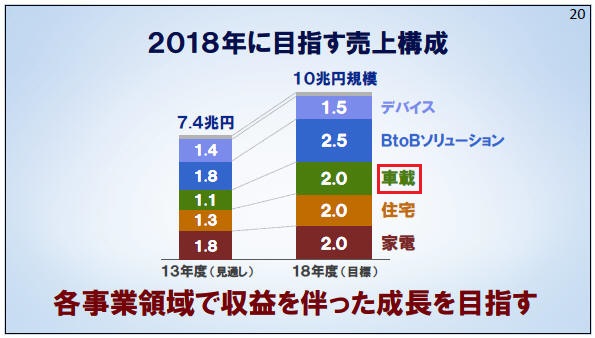
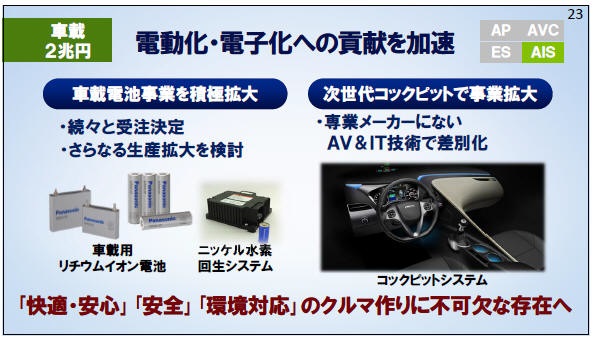 ¥
¥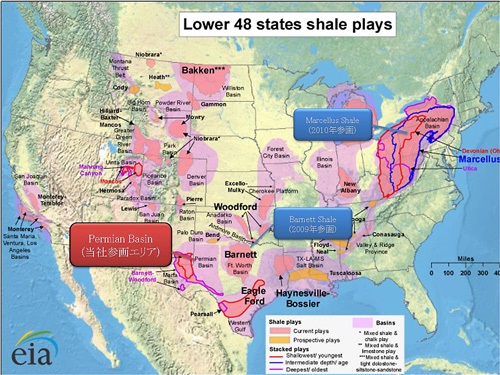
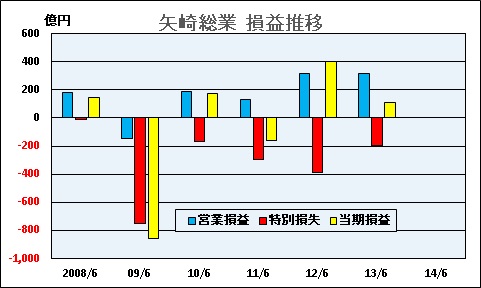
 The
late '50s and early '60s witnessed the growing importance of custom
synthesis and bulk sales at Aldrich. Over the years, these functions evolved
into Sigma-Aldrich Fine Chemicals (SAFC), currently one of four strategic
business units within Sigma-Aldrich Corporation.
The
late '50s and early '60s witnessed the growing importance of custom
synthesis and bulk sales at Aldrich. Over the years, these functions evolved
into Sigma-Aldrich Fine Chemicals (SAFC), currently one of four strategic
business units within Sigma-Aldrich Corporation.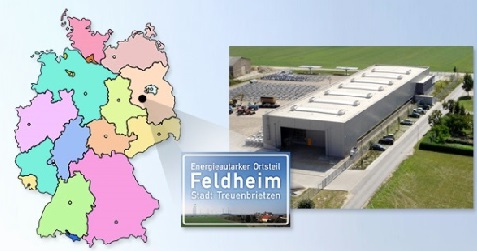

最近のコメント